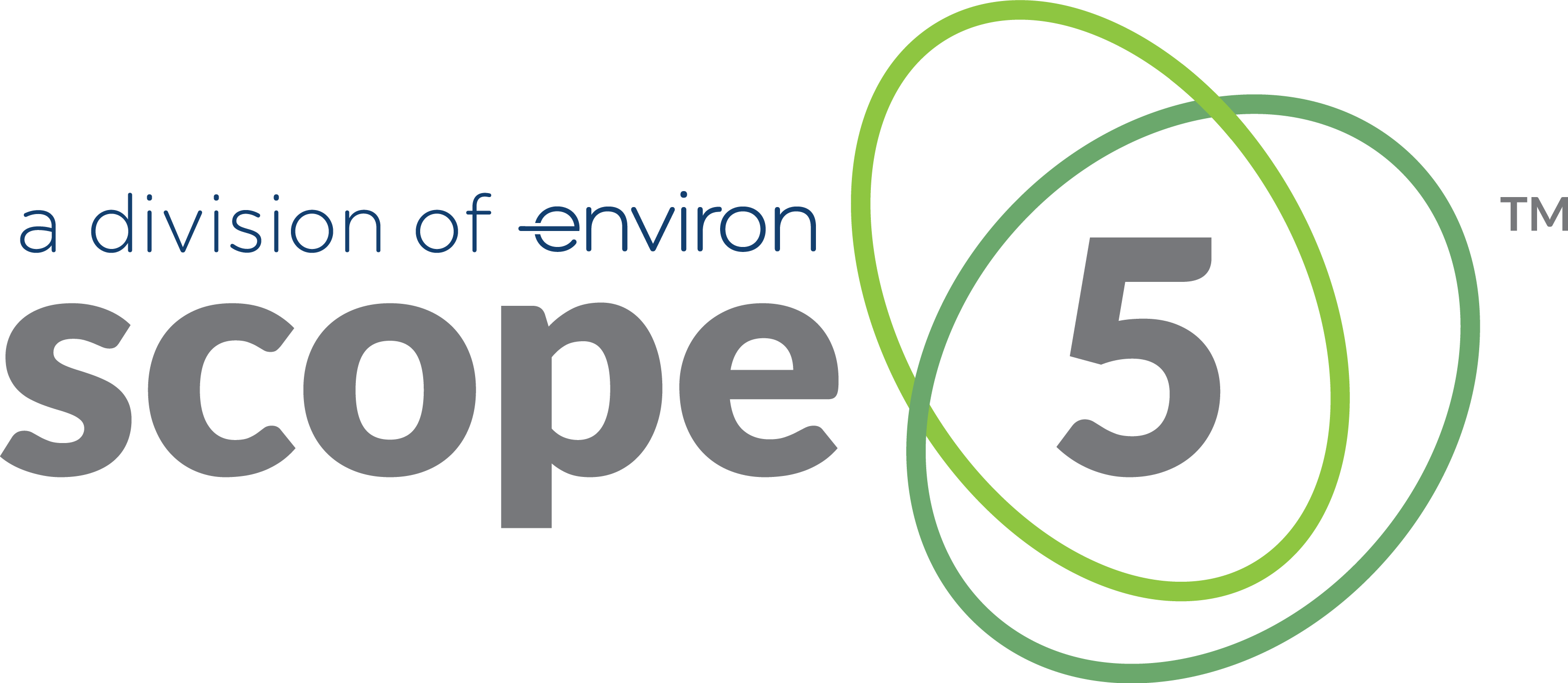The Greenhouse Gas (GHG) Protocol’s addition of the market-based method in its Scope 2 Guidance is intended to arm companies with highly accurate emissions data on the energy they buy.
But the problem with this market-based approach is most utilities can’t provide accurate information. This means reporters are largely in the dark about the environmental impacts of the power they are buying.
Scope 5 believes its market-indicative approach – which approximates the results of the market-based method – is a timely and pragmatic way around this barrier.
Fundamentals of Market-Based Reporting
The Scope 2 Guidance now requires dual reporting – or publishing both location- and market-based results – for any organization with operations where supplier-specific emissions factors are available. This includes all North American and Australian locations as well as most of Europe and parts of Asia.
Challenge of Finding Quality Supplier-Specific Emissions Factors
To meet the GHG Protocol’s strict requirements for market-based reporting, companies must report the most precise and accurate market-based emissions factors, in accordance with a hierarchy of so-called “contractual instruments.”
Think of these as criteria representing environmental attributes, such as renewable energy certificates (RECs) or guarantees of origin (GOs) are generated, tracked and retired in the same geographic market.
Most Utilities Fail to Meet the Criteria
Many utilities publish fuel mixes and emissions factors that reflect their self-generated power. While this normally satisfies local and state reporting requirements, it fails to satisfy GHG Protocol’s requirements for market-based reporting in two areas:
- Most have not correctly accounted for renewable energy production or purchases.
- Many sell a mix of self-generated and imported power but do not consider the emissions attributable to the imported power in calculating their overall emissions factors.
Most Utilities Have Useful if Imperfect Data
However, most utilities can provide enough data for customers to reasonably estimate a utility’s supplier-specific emissions factor using Scope 5’s market-indicative method.
Market-Indicative Method
Scope 5’s market-indicative method is much better than the void of utility-specific data that would otherwise exist for the foreseeable future. This approach emulates the market-based methodology and uses reasonable, conservative estimates to fill information gaps.
This pragmatic solution qualifies for use in the GHG Protocol’s market-based methodology. Market-indicative, like market-based, results:
- Enable companies to more effectively pressure their utilities to clean up the electricity they sell.
- Inform company decisions to explore and purchase clean energy from sources other than their utilities. Options include renewable power purchase agreements, buying environmental attributes and self-generating clean energy.
- Empower companies to make better-informed decisions about where to expand or site new facilities.
Where to Go for More Information
Scope 5 Consultants John Merrill and Katie Tenneson have written a whitepaper, Scope 2 Market-Based Accounting Has Huge Potential Along with Data Challenges. This article goes into detail on the market-indicative approach and includes an example, so you can see how the method gets applied.
We encourage you to contact us anytime to learn more. Our experts are here to help!
